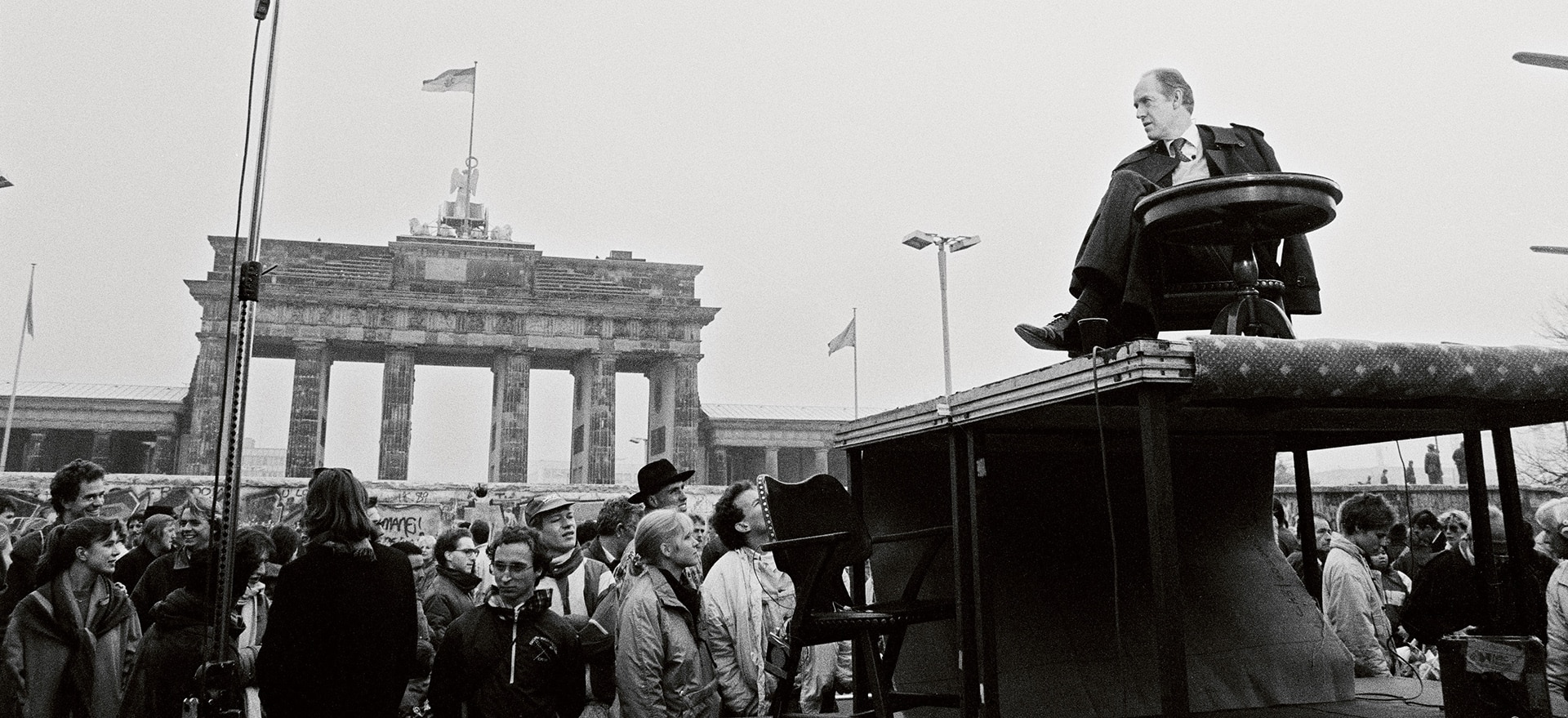A world traveler, cab driver, and teacher, Nelly Rau-Häring is, above all, a photographer. Born in Switzerland in 1947 she made Berlin her home in the mid-1960s. Like no one else, she recorded the city’s life, boredom, joie-de-vivre, struggle, and exuberance. A selection of her photos of West and East Berlin spanning over four decades are showcased in at f3–freiraum für fotografie in Berlin.

You’re getting blind.
Don’t miss the best of visual arts. Subscribe for $9 per month or $108 $90 per year.
Already suscribed ?



